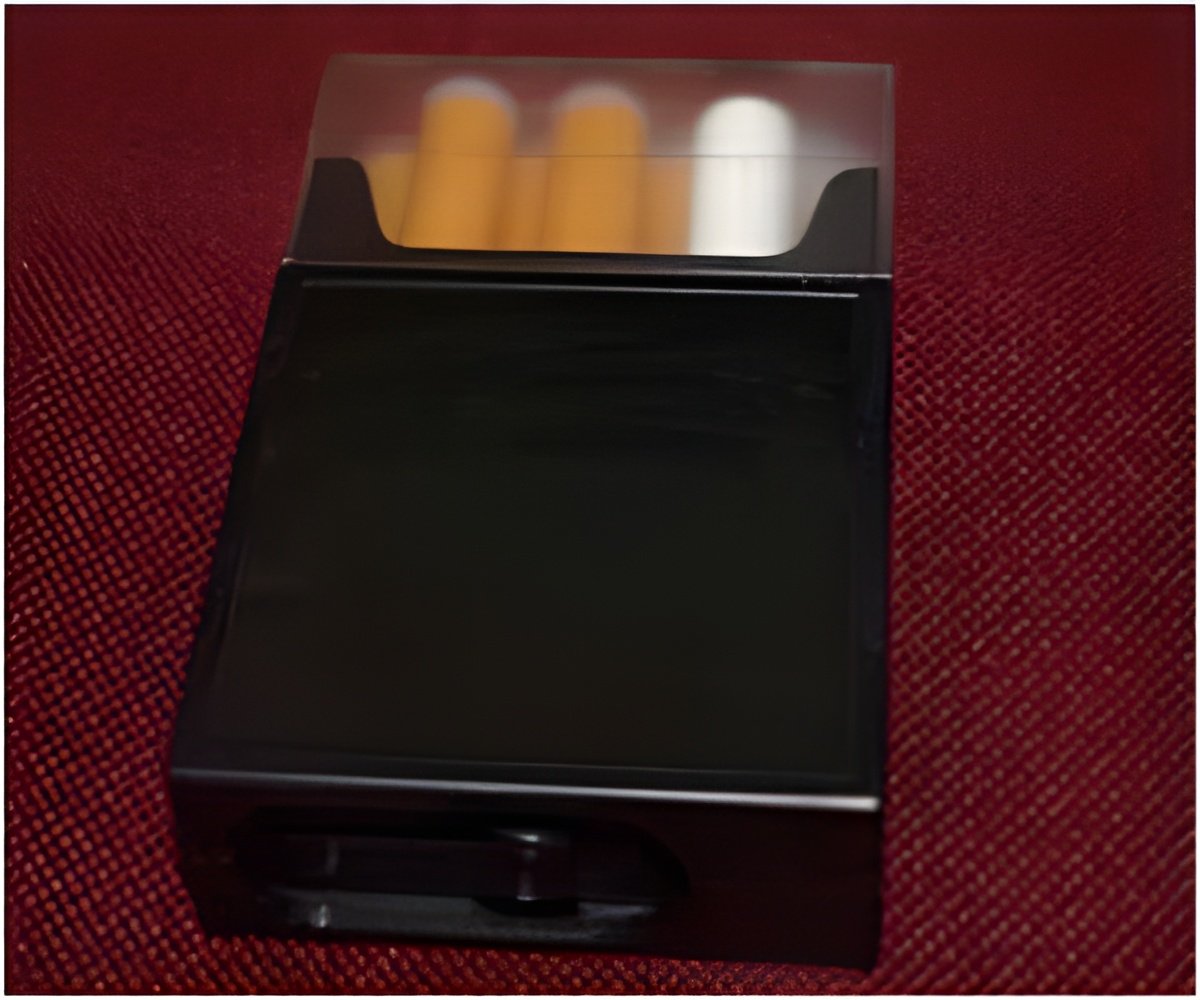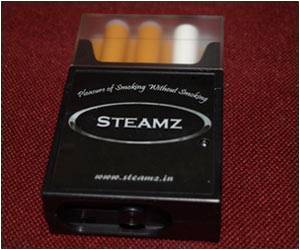Exhaled e-cigarette particles are liquid droplets that evaporate rapidly upon exhalation, revealed a new study.

‘Exhaled e-cigarette particles are liquid droplets that evaporate rapidly upon exhalation. This may have a positive implication for continued use of e-cigarettes in indoor areas.’





Speaking from the conference, Professor Dainius Martuzevicius, Vice Dean for Research at the Faculty of Chemical Technology, Kaunas University of Technology and leading expert on indoor air quality, said, "There is little data available on the properties of exhaled e-cigarette 'particles' in the scientific literature and as a result there is a growing discussion among the public health community as to whether the 'particles' exhaled following use of vaping products have potential implications for indoor air quality."During the study, regular vapers used commercially available closed system e-cigarettes while researchers measured particle concentrations in the surrounding air. Following immediate exhalation, scientist observed a rapid decay and evaporation of liquid vapor droplets, with levels returning to background levels within seconds. This was also observed under no room ventilation conditions, representing a worst case scenario.
"This study shows that e-cigarettes - similar to other consumer aerosol-based products - release liquid primary particles into the air that disappear extremely quickly," said Dr. Grant O'Connell, Vice President of Corporate and Regulatory Affairs, Fontem Ventures. "But importantly, this also tells us how fundamentally different exhaled e-cigarette particles are compared to those emitted by smoking conventional cigarettes, the latter of which are reported to linger in the air for long periods of time. By contrast, no accumulation of particles was registered in the room following e-cigarette use."
Marc Michelsen, Senior Vice President of Corporate Affairs and Communications, added: "This initial data supports the conclusions of Public Health England, the Chartered Institute for Environmental Health, Cancer Research UK and others that vaping indoors is unlikely to pose an air quality issue to bystanders and non-vapers."
Fontem Ventures is continuing its research with additional studies to analyze the chemical make-up of exhaled vapor particles and the dynamic properties of other aerosol-based consumer products, the results of which will be presented at the Global Forum on Nicotine in Warsaw, Poland in June 2016.
Advertisement
Source-Eurekalert








